Opinion & Analysis
A lob wedge is the most dangerous club in your bag—and not in a good way
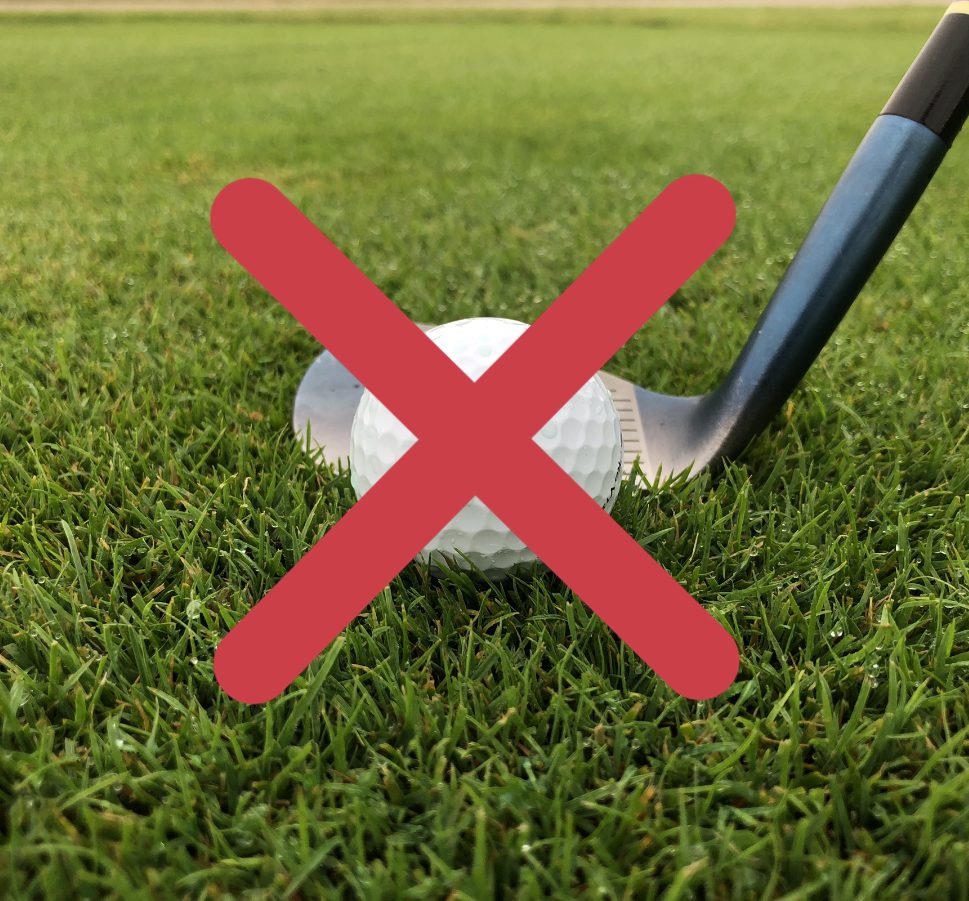
For professional golfers, a 60-degree lob wedge around the green could be classified as a surgical scalpel. Many pros—most notably Phil Mickelson—have built their reputations on the ability to hit miraculous recovery shots with these higher-lofted clubs. Phil has even gone as far as carrying a 64-degree wedge for extreme situations where it might come in handy.
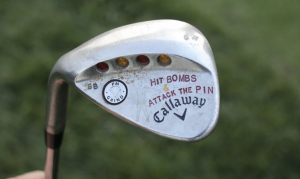
For regular golfers though, higher-lofted wedges can end up being anything but scalpel-like, unless you plan on using one to shred your scorecard after the round. Higher lofted wedges can become a massive liability because of their limited margin for error and the speed at which they are swung. This is also why we see so many people trying to innovate in the wedge market—small changes for regular golfers can make a noticeable difference.
The benefits and dangers of the lob wedge
Being able to effectively use a lob wedge can save a lot of shots around the green, especially when faced with a short-sided up and down or a difficult buried lie, but the hardest part of an open-faced lob wedge shot is repeatability. It’s why you can feel like a hero on one hole, and a complete failure on the next—because the ball ended up exactly where it started…or it ends up on the other side of the green…
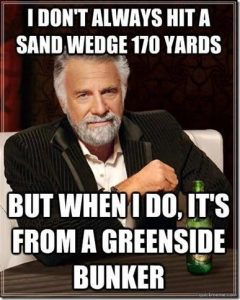
We’ve all done it!
Professionals at the highest level have the benefit of hitting these shots countless times in practice over and over, not just at their home course but week to week in varying conditions on different grass types. Most golfers don’t have this luxury, and without practice or understanding the dynamics of hitting the shot properly, the failure rate goes up quickly. This is why reasonable expectations, good decision making, and simple technique changes can make a big difference.
The WHY?
Wedges with 60 degrees of loft (and even 56 in some cases) look easy to hit since they have large faces which in turn equals greater surface area to make contact but face area versus effective face area to make contact are two completely different things.
- 60° Lob wedge from address, in open playing position
- 60° Lob wedge from ground view, in open playing position
Compared to a club with less loft, the most extreme being a driver, there is a smaller effective area to make contact and transfer energy to the ball, and beyond the transfer of energy, any club that has an effective loft of more than 50 degrees at impact will be more difficult to control in less than perfect conditions since the coefficient of friction decreases. That means you have less control over launch parameters including spin, which on short shots is one of the biggest components to stop the ball close to the intended target.
Solutions to your wedge problem
This one is the most obvious, but it’s also the least exciting: practice. By dedicating valuable practice time to the short game, you can quickly see improvements. Practice helps ingrain “feels” in your technique and also helps build up the knowledge to analyze ground conditions and lies to know which club to hit and how to play the shot.
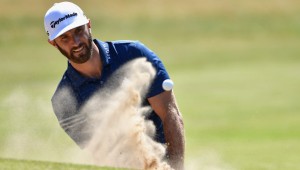
The second option is a new wedge—come on, who doesn’t want a new wedge? Whether it be based on loft, bounce, or sole configuration, getting set up with the right tools can make a world of difference, especially if what you are using now is ill-fit to your game. If you really struggle with the short shots around the green and are willing to admit that practice isn’t an option, I highly recommend trying a specialty club designed to make the game easier. I know it’s not the “sexy” option but something like the Cutter CTR1 wedge: Cutter wedge -here to help, or a Square Strike wedge for chipping can make golf fun and easier.
Learning to hit different shots, and making simple changes to how you approach the hole can make a huge difference very quickly to your game. This can involve choosing to hit more low running square faced shots with lower lofted-clubs like a 9 or 8-iron, or if you are still trying to be as aggressive as possible, learning to hit delofted shots with your higher lofted wedges which can also help create more spin. If possible, taking a short game lesson with a teacher can be truly game-changing with a few simple technique adjustments.
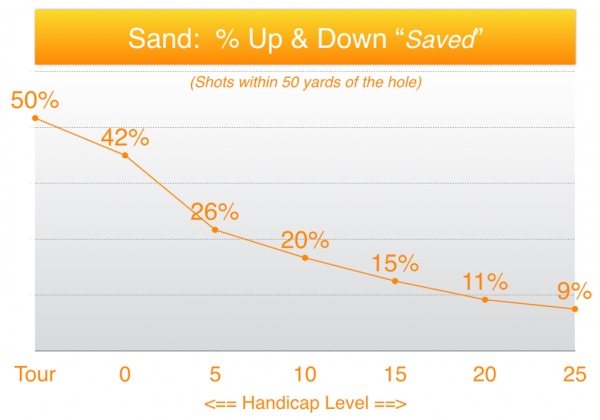
Understanding where you loose shots can help you save them
Last but not least, managing expectations can help take the pressure off when hitting shots around the green and help you make better decisions, leading to lower scores. Instead of trying to hit a “hero” flop shot over a bunker from a bad lie, aim for a larger part of the green and give yourself a better opportunity make your next shot—again not a magic cure, but if you do this a few more times in a round of golf, you can turn those wedges into weapons—and not weapons of self-destruction.
- LIKE653
- LEGIT143
- WOW30
- LOL44
- IDHT20
- FLOP49
- OB27
- SHANK333
Opinion & Analysis
Myrtle Beach, Explored: February in South Carolina
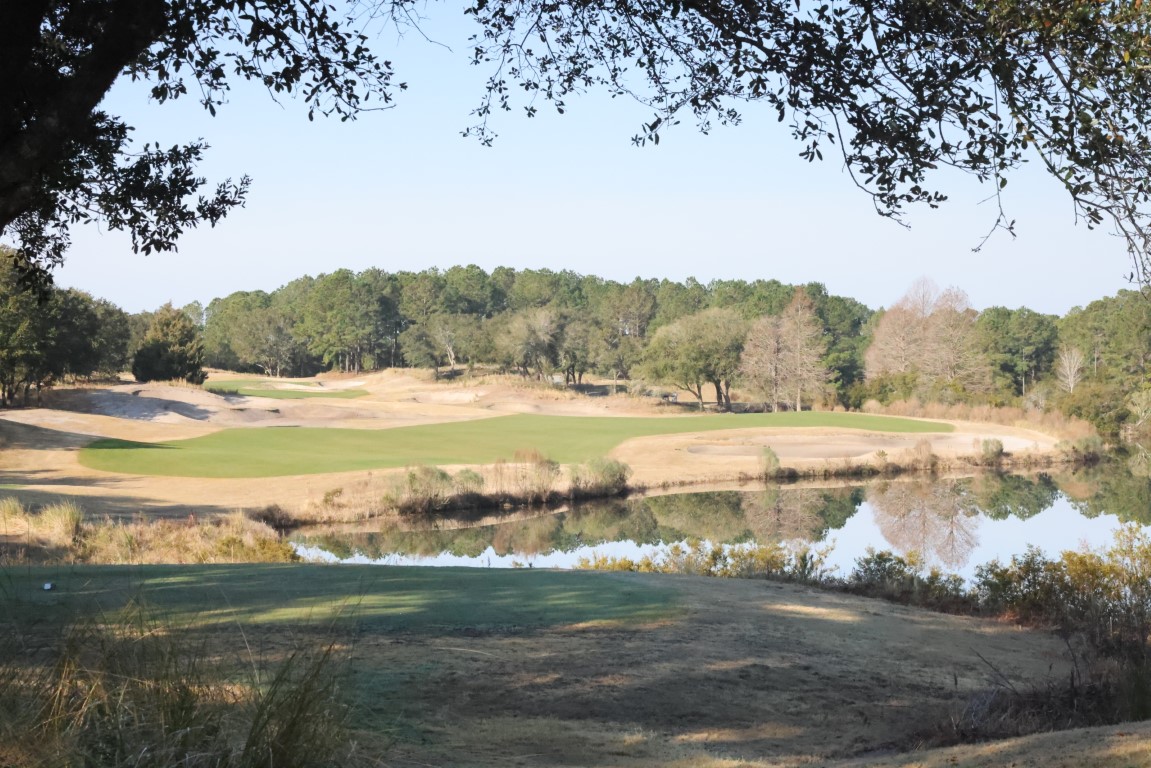
As I gain in experience and age, and familiarity breeds neither contempt nor disdain, I understand why people return to a place. A destination like Myrtle Beach offers a sizable supply and diversity of restaurants, entertainment venues, and shops that are predicated on the tenets of the service industry. Greet your customers with a smile and a kind word, and they will find comfort and assurance. Provide them with a memorable experience and they will suggest your place of business to others.
My first tour of Myrtle Beach took place in the mid-1980s, and consisted of one course: Gator Hole. I don’t remember much from that day, and since Gator Hole closed a decade later, I cannot revisit it to recollect what I’d lost. Since then, I’ve come to the Grand Strand a few times, and been fortunate to never place a course more than once. I’ve seen the Strantz courses to the south and dipped my toe in the North Carolina courses of Calabash. I’ve been to many in the middle, including Dunes, Pine Lakes, Grande Dunes among them.
2024 brought a quartet of new courses, including two at the Barefoot Resort. I’d heard about the North Myrtle Beach four-pack of courses that highlight the Barefoot property, including layouts from Pete Dye, Tom Fazio, Davis Love III, and Greg Norman. I had the opportunity to play and shoot the Dye and Fazio tracks, which means that I’ll have to return to see the other two. Sandwiched between them were the TPC-Myrtle Beach course, also from Tom Fazio, and the Pawley’s Plantation trace, by the hand of Jack Nicklaus. I anticipated a bit of the heroic, and bit of the strategic, and plenty of eye candy. None of those architects would ever be considered a minimalist, so there would be plenty of in-play and out-of-play bunkers and mounds to tantalize the senses.
My nephew arrived a few days early, to screen a few more courses. As a result, you the reader will have an extra quarter of mini-reviews, bringing the total of courses in this piece to eight. It was inconceivable that CJR would play four courses that I had never played nor photographed, but that was the case. His words appear at the end of this piece. We hope that you enjoy the tour.
Main Feature: Two Barefoots, a TPC, and Pawley’s Plantation
What Paul “Pete” Dye brought back from his trips to the United Kingdom, hearkened back to what C.B. MacDonal did, some 65 years prior. There is a way of finding bunkers and fairways, and even green sites, that does not require major industrial work. The Dye course at Barefoot Resorts takes you on a journey over the rumpled terrain of distant places. If there’s one element missing, it’s the creased and turbulent fairways, so often found in England and Ireland. The one tenet of playing a Dye course, is to always aim away from temptation, from where your eyes draw you. Find the safe side of the target, and you’ll probably find your ball. It then stands that you will have a shot for your next attempt. Cut the corner, and you might have need to reload. The Barefoot course begins gently, in terms of distance, but challenges with visual deception. After two brief 4s and a 3, the real work begins. The course is exposed enough, to allow the coastal winds to dance along the fairways. Be ready to keep the ball low and take an extra club or two.
If memory serves, TPCMB is my first trek around a TPC-branded course. It had all the trappings of a tour course, from the welcome, through the clubhouse, to the practice facilities and, of course, the course. TPC-Myrtle Beach is a Tom Fazio design, and if you never visit Augusta National, you’ll now have an idea of what it is like. You play Augusta’s 16th hole twice at TPCMB, and you enjoy it both times. Fazio really likes the pond-left, green-angle-around par three hole, and his two iterations of it are memorable.
You’ll also see those Augusta bunkers, the ones with the manicured edges that drop into a modestly-circular form. What distinguishes these sand pits is the manner in which they rise from the surrounding ground. They are unique in that they don’t resemble the geometric bunkering of a Seth Raynor, nor the organic pits found in origin courses. They are built, make no mistake, and recovery from them is manageable for all levels of bunker wizardry.
If you have the opportunity to play the two Tom Fazio courses back to back, you’ll notice a marked difference in styling. Let me digress for a moment, then circle back with an explanation. It was written that the NLE World Woods course designed by Fazio, Pine Barrens, was an homage to Pine Valley, the legendary, New Jersey club where Fazio is both a member and the architect on retainer. The Pine Barrens course was plowed under in 2022, so the homage no longer exists. At least, I didn’t think that it existed, until I played his Barefoot Resort course in North Myrtle Beach.
Pine Valley might be described as an aesthetic of scrub and sand. There are mighty, forced carries to travers, along with sempiternal, sandy lairs to avoid. Barefoot Fazio is quite similar. If you’re not faced with a forced carry, you’ll certainly contend with a fairway border or greenside necklace of sand. When you reach the 13th tee, you’ll face a drive into a fairway, and you might see a distant green, with a notable absence: flagstick. The 13th is the icing on the homage cake, a callout of the 8th hole at Pine Valley. Numero Ocho at the OG has two greens, side by side, and they change the manner in which the hole plays (so they say.) At Barefoot Fazio, the right-side green is a traditional approach, with an unimpeded run of fairway to putting surface. The left-side green (the one that I was fortunate to play) demands a pitch shot over a wasteland. It’s a fitting tribute for the rest of us to play.
Be certain to parrot the starter, Leon’s, advice, and play up a deck of tees. Barefoot Fazio offers five par-three holes, so the fours and fives play that much longer. Remember, too, that you are on vacation. Why not treat yourself to some birdie looks?
The Jack Nicklaus course at Pawley’s Plantation emerged from a period of hibernation in 2024. The greens were torn up and their original contours were restored. Work was overseen by Troy Vincent, a member of the Nicklaus Architecture team. In addition, the putting corridors were reseeded with a hardier, dwarf bermuda that has experienced great success, all along the Grand Strand that is Myrtle Beach.
My visit allowed me to see the inward half first, and I understand why the resort wishes to conclude your day on those holes. The front nine of Pawley’s Plantation works its way through familiar, low country trees and wetlands. The back nine begins in similar fashion, then makes its way east, toward the marsh that separates mainland from Pawley’s Island. Recalling the powerful sun of that Wednesday morning, any round beginning on the second nine would face collateral damage from the warming star. Much better to hit holes 11 to close when the sun is higher in the sky.
The marshland holes (12 through 17) are spectacular in their raw, unprotected nature. The winds off the Atlantic are unrelenting and unforgiving, and the twin, par-three holes will remain in your memory banks for time’s march. In typical Golden Bear fashion, a majority of his putting targets are smallish in nature, reflecting his appreciation for accurate approach shots. Be sure to find the forgiving side of each green, and err to that portion. You’ll be grateful.
Bonus Coverage: Myrtlewood, Beechwood, Arrowhead, and King’s North
Arrowhead (Raymond Floyd and Tom Jackson)
A course built in the middle of a community, water threatens on most every hole. The Cypress 9 provides a few holes forcing a carried drive then challenge you with water surrounding the green. On Waterway, a drivable 2nd hole will tempt most, so make sure the group ahead has cleared the green.
Myrtlewood (Edmund Alt and Arthur Hills) and Beechwood (Gene Hamm)
A middle of the winter New Englander’s paradise. Wide open fairways, zero blind shots and light rough allow for shaking off the rust and plenty of forgiveness. A plethora of dog legs cause one to be cautious with every tee shot. Won’t break the bank nor the scorecard.
King’s North @ Myrtle Beach National (Arnold Palmer)
- LIKE2
- LEGIT0
- WOW0
- LOL0
- IDHT0
- FLOP1
- OB0
- SHANK1
19th Hole
Vincenzi’s 2024 Players Championship betting preview: Pete Dye specialists ready to pass tough TPC Sawgrass test
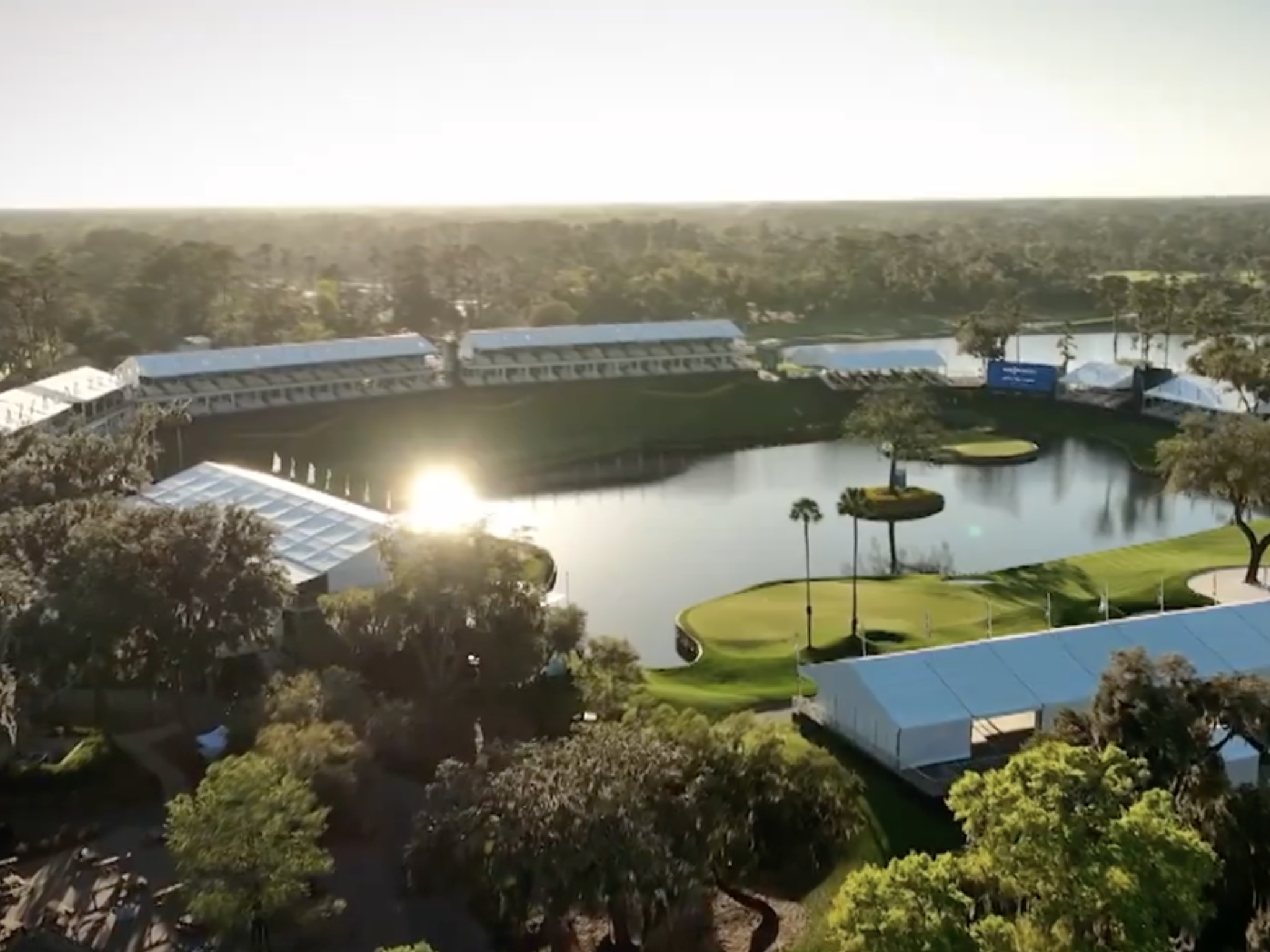
The PGA Tour heads to TPC Sawgrass to play in one of the most prestigious and important events of the season: THE PLAYERS Championship. Often referred to as the fifth major, the importance of a PLAYERS victory to the legacy of a golfer can’t be overlooked.
TPC Sawgrass is a par-72 measuring 7,245 yards and featuring Bermudagrass greens. Golfers must be patient in attacking this Pete Dye course.
With trouble lurking at every turn, the strokes can add up quickly. With a par-5 16th that is a true risk-reward hole and the famous par-3 17th island green, the only safe bet at TPC Sawgrass is a bet on an exciting finish.
THE PLAYERS Championship field is often referred to as the strongest field of the year — and with good reason. There are 144 in the field, including 43 of the world’s top 50 players in the OWGR. Tiger Woods will not be playing in the event.
THE PLAYERS is an exceptionally volatile event that has never seen a back-to-back winner.
Past Winners at TPC Sawgrass
- 2023: Scottie Scheffler (-17)
- 2022: Cameron Smith (-13)
- 2021: Justin Thomas (-14)
- 2019: Rory McIlroy (-16)
- 2018: Webb Simpson (-18)
- 2017: Si-Woo Kim (-10)
- 2016: Jason Day (-15)
- 2015: Rickie Fowler (-12)In this article and going forward, I’ll be using the Rabbit Hole by Betsperts Golf data engine to develop my custom model. If you want to build your own model or check out all of the detailed stats, you can sign up using promo code: MATTVIN for 25% off any subscription package (yearly is best value).
5 Key Stats for TPC Sawgrass
Let’s take a look at five metrics key for TPC Sawgrass to determine which golfers boast top marks in each category over their last 24 rounds.
1. Strokes Gained: Approach
Strokes Gained: Approach has historically been far and away the most important and predictive stat at THE PLAYERS Championship. With water everywhere, golfers can’t afford to be wild with their iron shots. Not only is it essential to avoid the water, but it will also be as important to go after pins and make birdies because scores can get relatively low.
Total SG: Approach Over Past 24 Rounds
- Tom Hoge (+1.37)
- Scottie Scheffler (+1.20)
- Tony Finau (+0.99)
- Jake Knapp (+0.83)
- Shane Lowry (+0.80)
2. Total Driving
This statistic is perfect for TPC Sawgrass. Historically, driving distance hasn’t been a major factor, but since the date switch to March, it’s a bit more significant. During this time of year, the ball won’t carry quite as far, and the runout is also shorter.
Driving accuracy is also crucial due to all of the trouble golfers can get into off of the tee. Therefore, players who are gaining on the field with Total Driving will put themselves in an ideal spot this week.
Total Driving Over Past 24 Rounds
- Rory McIlroy (22)
- Akshay Bhatia (25)
- Keith Mitchell (25)
- Adam Hadwin (34)
- Sam Burns (+39)
3. Strokes Gained: Total at Pete Dye Designs
TPC Sawgrass may be Pete Dye’s most famous design, and for good reason. The course features Dye’s typical shaved runoff areas and tricky green complexes. Pete Dye specialists love TPC Sawgrass and should have a major advantage this week.
SG: Total (Pete Dye) per round over past 36 rounds:
- Patrick Cantlay (+2.02)
- Scottie Scheffler (+1.90)
- Min Woo Lee (+1.77)
- Sungjae Im (+1.72)
- Brian Harman (+1.62)
4. Strokes Gained: Ball Striking
Prototypical ball-strikers have dominated TPC Sawgrass. With past winners like Sergio Garcia, Henrik Stenson, Webb Simpson, Rory McIlroy and Justin Thomas, it’s evident that golfers must be striking it pure to contend at THE PLAYERS.
SG: Ball Striking Over Past 24 Rounds
- Scottie Scheffler (+2.02)
- Tony Finau (+1.51)
- Tom Hoge (+1.48)
- Keith Mitchell (+1.38)
- Will Zalatoris (+1.18)
5. Par 5 Average
Par-5 average is extremely important at TPC Sawgrass. With all four of the Par-5s under 575 yards, and three of them under 540 yards, a good amount of the scoring needs to come from these holes collectively.
Par 5 Average Over Past 24 Rounds
- Scottie Schefler (+4.31)
- Erik Van Rooyen (+4.35)
- Doug Ghim (+4.34)
- Wyndham Clark (+4.34)
- Matt Fitzpatrick (+4.31)
6. Strokes Gained: Florida
We’ve used this statistic over the past few weeks, and I’d like to incorporate some players who do well in Florida into this week’s model as well.
Strokes Gained: Florida over past 30 rounds:
- Scottie Schefler (+2.43)
- Erik Van Rooyen (+1.78)
- Doug Ghim (+1.78)
- Wyndham Clark (+1.73)
- Matt Fitzpatrick (+1.69)
7. Strokes Gained: Total on Courses with High Water Danger
With water everywhere at TPC Sawgrass, the blow-up potential is high. It can’t hurt to factor in some players who’ve avoided the “eject” button most often in the past.
Strokes Gained: Total on Courses with High Water Danger over past 30 rounds:
- Scottie Schefler (+2.08)
- Rory McIlroy (+1.82)
- Tony Finau (+1.62)
- Patrick Cantlay (+1.51)
- Will Zalatoris (+1.49)
THE PLAYERS Championship Model Rankings
Below, I’ve compiled overall model rankings using a combination of the five key statistical categories previously discussed — SG: Approach (25%), Total Driving (20%), SG: Total Pete Dye (14%), SG: Ball-striking (15%) SG: Par 5 (8%), SG: Florida (10%) and SG: High Water (8%).
- Scottie Scheffler
- Shane Lowry
- Tony Finau
- Corey Conners
- Keith Mitchell
- Justin Thomas
- Will Zalatoris
- Xander Schauffele
- Cameron Young
- Doug Ghim
- Sam Burns
- Chris Kirk
- Collin Morikawa
- Si Woo Kim
- Wyndham Clark
2024 THE PLAYERS Championship Picks
(All odds at the time of writing)
Patrick Cantlay +2500 (DraftKings):
Patrick Cantlay is winless since the 2022 BMW Championship but is undoubtedly one of the most talented players on the PGA Tour. Since the win at Wilmington Country Club, the 31-year-old has twelve top-10 finishes on Tour and is starting to round into form for the 2024 season.
Cantlay has done well in the most recent “signature” events this season, finishing 4th at Riviera for the Genesis Invitational and 12th at Bay Hill for the Arnold Palmer Invitational. The former Tour Championship winner resides in Jupiter, Florida and has played some good golf in the state, including finishing in a tie for 4th at the 2023 Arnold Palmer Invitational. His history at TPC Sawgrass has been up and down, but his best career start at The PLAYERS came last year when he finished in a tie for 19th.
Cantlay absolutely loves Pete Dye designed courses and ranks 1st in the field in Strokes Gained: Total on Dye tracks in his past 36 rounds. In recent years, he’s been excellent at both the RBC Heritage and the Travelers Championship. TPC Sawgrass is a place where players will have to be dialed in with their irons and distance off the tee won’t be quite as important. In his past 24, rounds, Cantlay ranks in the field in Strokes Gained: Approach.
Despite being winless in recent years, I still believe Cantlay is capable of winning big tournaments. As one of the only United States players to bring their best game to Marco Simone for the Ryder Cup, I have conviction that the former top amateur in the world can deliver when stakes are high.
Will Zalatoris +3000 (FanDuel):
In order to win at TPC Sawgrass, players will need to be in total control of their golf ball. At the moment, Will Zalatoris is hitting it as well as almost anyone and finally has the putter cooperating with his new switch to the broomstick style.
Zalatoris is coming off back-to-back starts where he absolutely striped the ball. He finished 2nd at the Genesis Invitational and 4th at the Arnold Palmer Invitational where his statistics were eye opening. For the week at Bay Hill, Zal gained 5.0 strokes on approach and 5.44 strokes off the tee.
Throughout the early part of his career, Zalatoris has established himself by playing his best golf in the strongest fields with the most difficult conditions. A tough test will allow him to separate himself this week and breakthrough for a PLAYERS Championship victory.
Shane Lowry +4000 (DraftKings):
History has shown us that players need to be in good form to win the PLAYERS Championship and it’s hard to find anyone not named Scottie Scheffler who’s in better form that Shane Lowry at the moment. He finished T4 at the Cognizant Classic followed by a solo third place finish at the Arnold Palmer Invitational.
The fact that the Irishman contended at Bay Hill is a great sign considering he’s really struggled there throughout his career. He will now head to a different style of course in Florida where he’s had a good deal of success. He finished 8th at TPC Sawgrass in 2021 and 13th in 2022.
Lowry ranks 6th in the field in approach in his past 24 rounds, 7th in Strokes Gained: Total at Pete Dye designed courses in his last 30 rounds, 8th in par 5 scoring this season, and 4th in Strokes Gained: Total in Florida over his past 36 rounds.
Lowry is a player who’s capable of winning big events. He’s a major champion and won another premier event at Wentworth as well as a WGC at Firestone. He’s also a form player, when he wins it’s typically when he’s contended in recent starts. He’s been terrific thus far in Florida and he should get into contention once again this week.
Brian Harman +8000 (DraftKings):
(Note: Since writing this Harman’s odds have plummeted to 50-1. I would not advise betting the 50).
Brian Harman showed us last season that if the course isn’t extremely long, he has the accuracy both off the tee and with his irons to compete with anyone in the world. Last week at Bay Hill and was third in the field in Strokes Gained: Approach, gaining 5.54 strokes on the field in the category.
In addition to the strong iron play, Harman also gained strokes off the tee in three of four rounds. He’s also had success at Pete Dye tracks recently. He finished 2nd at last year’s Travelers Championship and 7th at the RBC Heritage.
It would be a magnificent feat for Harman to win both the Open Championship and PLAYERS in a short time frame, but the reality is the PGA Tour isn’t quite as strong as it once was. Harman is a player who shows up for the biggest events and his odds seem way too long for his recent track record.
Tony Finau +6500 (FanDuel):
A few weeks ago, at the Genesis Invitational, I bet Hideki Matsuyama because I believed it to be a “bet the number” play at 80-1. I feel similarly about Finau this week. While he’s not having the season many people expected of him, he is playing better than these odds would indicate.
This season, Tony has a tied for 6th place finish at Torrey Pines, a tied for 19th at Riviera and tied for 13th at the Mexico Open. He’s also hitting the ball extremely well. In the field in his past 24 rounds, he ranks 3rd in Strokes Gained: Approach, 3rd in Strokes Gained: Ball Striking, 6th in Par 5 average and 15th in Total Driving.
Finau’s problem has been with the putter, which has been undeniably horrific. However, this week he will see a putting surface similar to the POA at TPC Scottsdale and PGA West, which he’s had a great deal of success on. It’s worth taking a stab at this price to see if he can have a mediocre week with the flat stick.
Sungjae Im +9000 (FanDuel):
It’s been a lackluster eighteen months for Sungjae, who once appeared to be a certain star. While his ceiling is absolutely still there, it’s been a while since we’ve seen Im play the type of golf expected of a player with his talent.
Despite the obvious concerns, the South Korean showed glimpses of a return to form last week at the Arnold Palmer Invitational. He tied for 18th place and gained strokes off the tee, on approach, around the green and with the putter. When at his best, Im is a perfect course fit for TPC Sawgrass. He has remarkable precision off the tee, can get dialed in with his irons on shorter courses and can get up and down with the best players on Tour.
This number has gotten to the point where I feel comfortable taking a shot on it.
Billy Horschel +20000 (FanDuel):
Billy Horschel is a great fit on paper for TPC Sawgrass. He can get dialed in with his irons and his lack of distance off the tee won’t be a major detriment at the course. “Bermuda Billy” does his best work putting on Bermudagrass greens and he appears to be rounding into form just in time to compete at The PLAYERS.
In his most recent start, Billy finished in a tie for 9th at the Cognizant Classic and hit the ball extremely well. The former Florida Gator gained 3.32 strokes on approach and 2.04 strokes off the tee. If Horschel brings that type of ball striking to TPC Sawgrass, he has the type of putter who can win a golf tournament.
Horschel has been great on Pete Dye designed courses, with four of his seven career PGA Tour wins coming on Dye tracks.
In a season that has seen multiple long shots win big events, the 37-year-old is worth a stab considering his knack for playing in Florida and winning big events.
- LIKE30
- LEGIT10
- WOW4
- LOL2
- IDHT0
- FLOP3
- OB1
- SHANK6
19th Hole
Vincenzi’s LIV Golf Hong Kong betting preview: Trio of major champs primed for big week
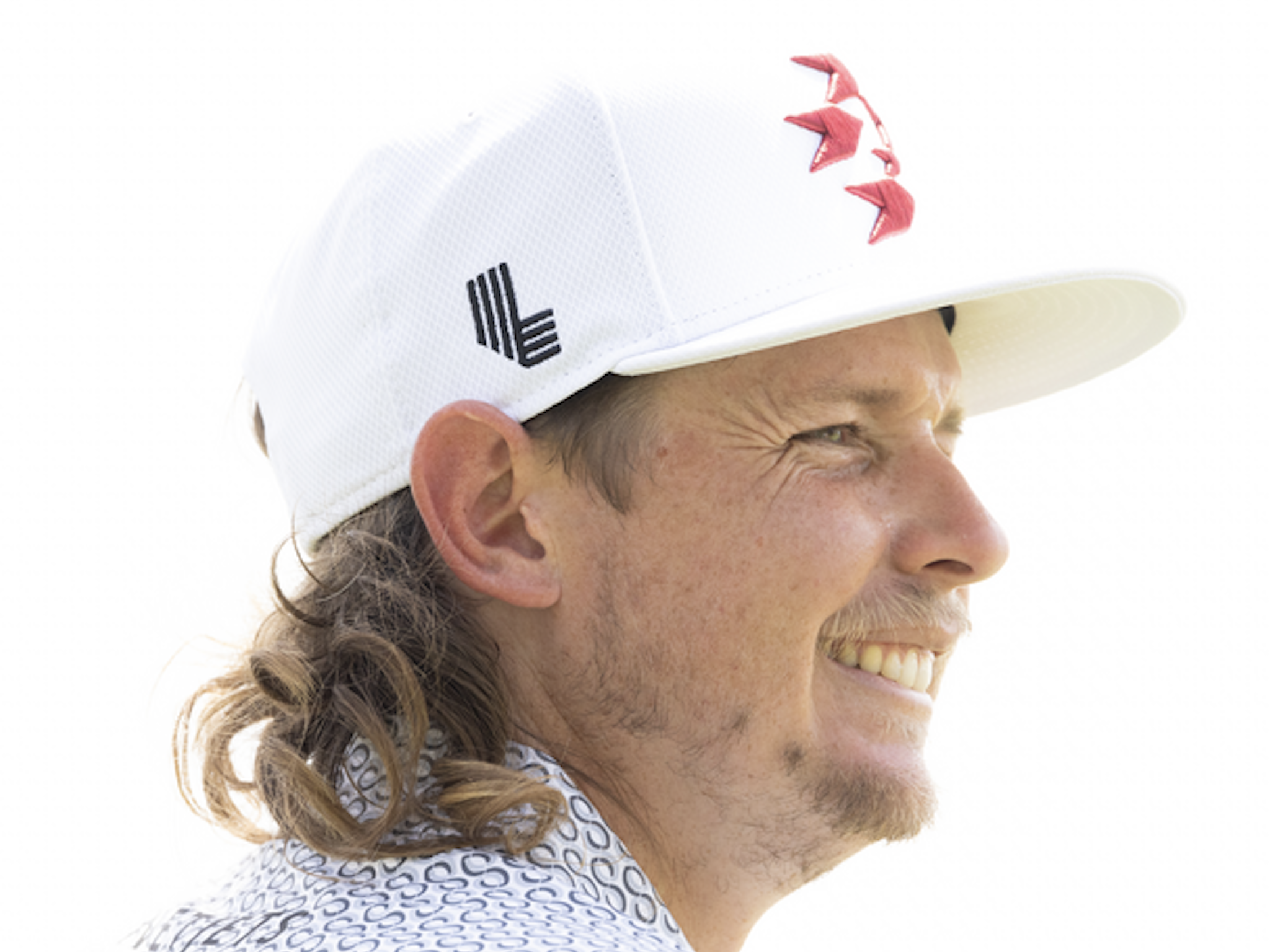
LIV Golf is set to begin its fourth event of the season at Hong Kong Golf Club in Hong Kong, China. This marks the first time that LIV Golf will travel to China for an event.
Hong Kong Golf Club is a par 70 measuring 6,710 yards. LIV will be using the “Fanling Course” for the event.
While speaking with Asian Tour player Travis Smyth, he gave me a rundown on what it takes to be successful at Hong Kong Golf Club.
“Hong Kong golf club, it’s pretty old school, like super short and tight. And I, I don’t think it falls into like a bomber’s hand. I think you’ll see a lot of guys hitting it to roughly the same spots on the majority of the holes. There’s a few holes where Bryson will be able to unleash a few but not many. When I played here, I hit Hybrid on Par 4’s off the tee maybe like seven times.”
Travis also said that the tight fairways and penal potential misses will keep the bombers at bay.
“It’s just that sort of course you’re hitting it like anywhere from 220 to 240 off the tee. And then from there you have a range of holes where it’s like kind of some sort of wedge or nine. It’s not very long.”
Around the green game will also be tremendously important at Hong Kong Golf Club.
“The greens are small as well and it’s usually quite hard to get up and down if you miss the greens. Someone like Cameron Smith I could see doing really well there. He played well in the international series. but just someone that’s, you know, pretty dolled in with their, their scoring clubs, he’s probably going to do well there.”
Players dialed in with their game from tee to green with control over the golf ball should fare extremely well.
“You can’t really scramble from the trees either. So, you really just have to. I’d, yeah, just whoever’s the best ball striker that week, you can’t really strap it around and fake it around there. You got to hit it straight. The tree lines are dead, there’s some hazards and stuff. It’s a short, tight quirky course, not what any of these guys are probably used to.”
Despite it being short, don’t be surprised if it gives players some real trouble.
“It should be fun viewing because there’ll be a lot of opportunities. They’ll feel like they can go low around there because it’s short but, you know, you make a few bogeys, and you get quite frustrated, and you start pushing off the tee and find some trouble and stuff. It can eat you up as well.”
Smyth finished 2nd at Hong Kong Golf Club to qualify for the 2023 Open Championship at Royal Liverpool.
Past Winners at Hong Kong Golf Club
- 2023: Ben Campbell (-19)
- 2022: Wade Ormsby (-17)
- 2018: Aaron Rai (-17)
- 2017: Wade Ormsby (-11)
- 2016: Sam Brazel (-13)
- 2015: Justin Rose (-19)
- 2014: Scott Hend (-13)
- 2013: Miguel Angel Jiminez (-12)
The top of the board once again will be a major threat this week. Jon Rahm is still in search of his first win on LIV and has been knocking at the door in each of his first three starts. Brooks Koepka hasn’t yet contended but is playing steady golf and has yet to shoot a round outside of the 60’s this season. Joaquin Niemann is the hottest player on the planet and has shown no signs of slowing down.
However, on a golf course that can neutralize the big hitters, this is an event that seems a bit more up for grabs than we’ve seen in the first three LIV events.
LIV Golf Stats YTD
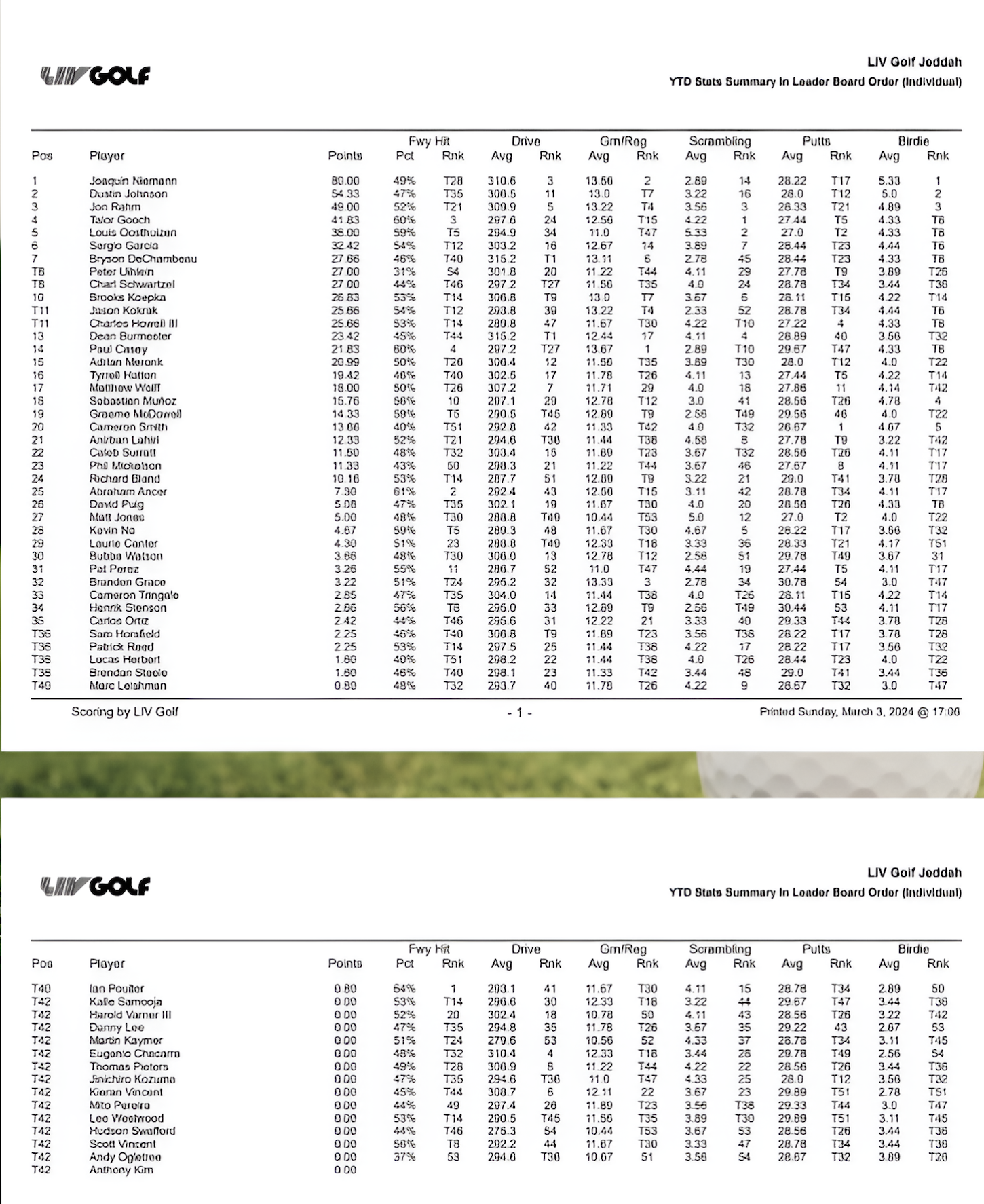
2024 LIV Hong Kong Picks
Cameron Smith +2000 (Bet365, BetRivers)
It’s been a slow start for Cam Smith this season. In his three starts on LIV, he’s finished T8, T15, T41 and has yet to look like the Cam that is one of the best players in the world. Hong Kong Golf Club should be the perfect course fit to get the former Open Champion out of his slump.
Hong Kong Golf Club is tight off the tee, and many players won’t be able to hit driver. That will neutralize some of the best drivers of the golf ball in the field and propel players like Cam, who are almost unbeatable from fairway to green. Cam’s driver has been a weakness throughout his career, and it’s been especially pronounced this season. He’s tied for 51st in fairways hit thus far on the season. Taking driver out of his hand this week could be exactly what he needs to get on track.
Despite the poor tee balls, Smith still ranks 1st in putting and 5th in birdies made. He’s also a great scrambler, and with small greens at the course, having to get up and down is inevitable. If he can play from the fairway this week, he should have a major advantage in the other facets of the game.
Louis Oosthuizen +2000 (DraftKings)
Louis Oosthuizen should be an absolutely perfect fit for Hong Kong Golf Club. The South African has been remarkably consistent over the past few months dating back to the fall, where he won two consecutive DP World Tour events and also finished 2nd at the International Series Oman. In his three LIV starts this year, Louis has finished T8 at LIV Mayakoba, 50th at LIV Las Vegas and T2 at LIV Jeddah.
Louis is relatively short off the tee and that won’t hurt him this week. He is one of the best putters and scrambler on LIV, and his silky-smooth swing looks as dialed in as ever at the moment. He’s yet to win a LIV event, but a victory for Louis seems imminent.
Patrick Reed +5000 (FanDuel)
Patrick Reed is another play who’s yet to win a LIV event but has been a winner throughout his entire career. The former Masters champion should love Hong Kong Golf Club as it will play to his strengths on and around the greens.
Reed played on the Asian Tour this fall and finished T15 at the Hong Kong Open and T7 at the Indonesian Masters. The experience in Asia this season should be a benefit for Reed acclimating to the travel and conditions this week.
The 34-year-old should benefit from taking driver out of his hand and similar to Smith, can beat anyone in the world if the tournament become a short game competition.
*Featured Image and Stats Image courtesy of LIV Golf*
- LIKE12
- LEGIT8
- WOW4
- LOL0
- IDHT0
- FLOP1
- OB1
- SHANK7
-

 19th Hole3 weeks ago
19th Hole3 weeks agoTour pro calls Anthony Kim a ‘f*****g idiot’ following Instagram comeback post
-
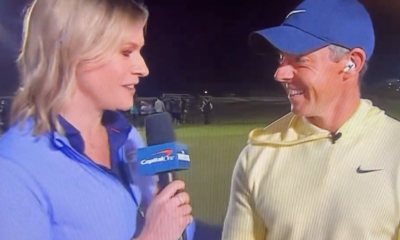
 19th Hole3 weeks ago
19th Hole3 weeks agoThis Rory McIlroy post-round ‘The Match’ moment is going viral…but all is likely not what it seems
-

 Whats in the Bag3 weeks ago
Whats in the Bag3 weeks agoAnthony Kim WITB 2024 (February)
-
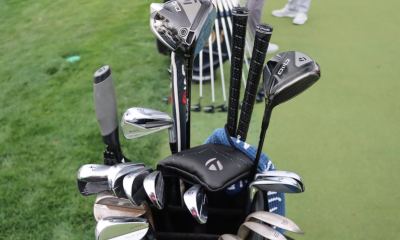
 Whats in the Bag2 weeks ago
Whats in the Bag2 weeks agoScottie Scheffler WITB 2024 (March)
-
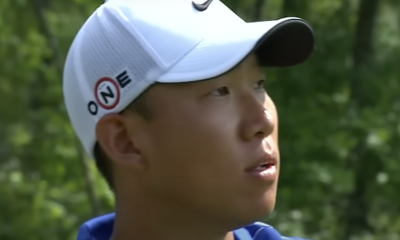
 19th Hole3 weeks ago
19th Hole3 weeks agoAnthony Kim’s speculated LIV Golf sign-on fee may surprise you
-
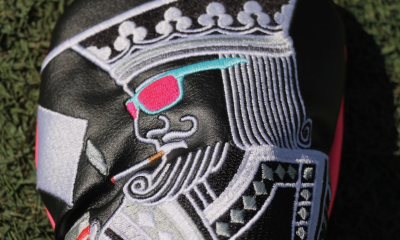
 Tour Photo Galleries2 weeks ago
Tour Photo Galleries2 weeks agoPhotos from the 2024 Arnold Palmer Invitational
-
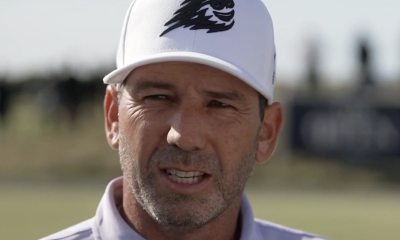
 19th Hole2 weeks ago
19th Hole2 weeks agoThe total sum that Sergio Garcia needs to pay in fines if he wants to return to DP World Tour revealed
-
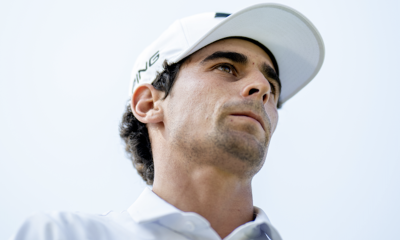
 19th Hole2 weeks ago
19th Hole2 weeks agoJoaquin Niemann names 3 PGA Tour events he’d love to play each year ‘in a perfect world’

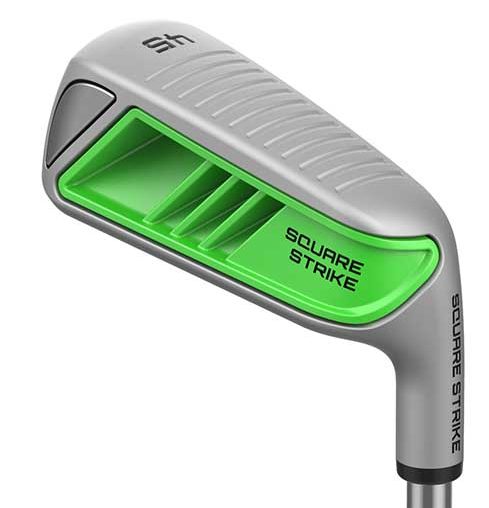
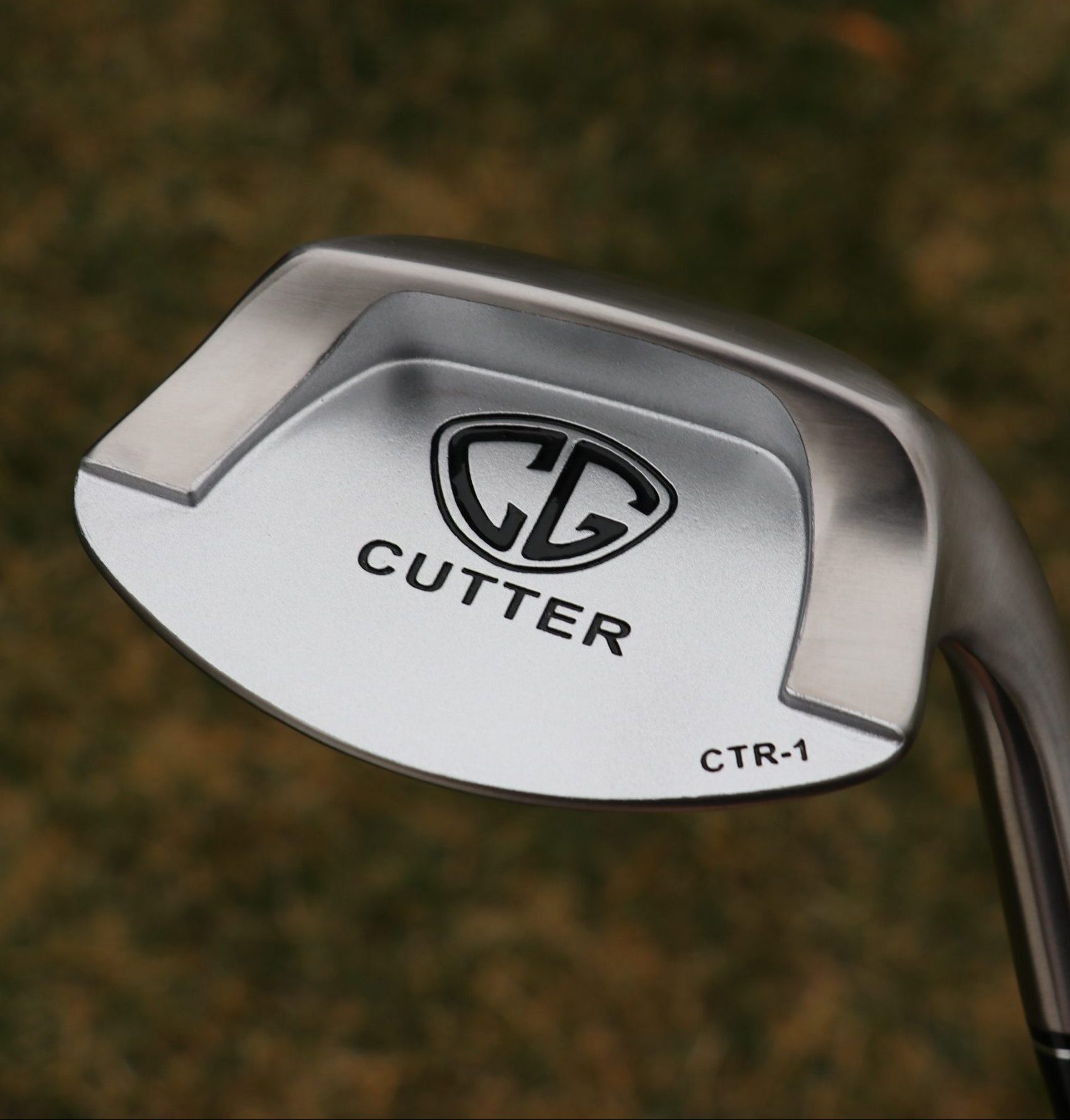
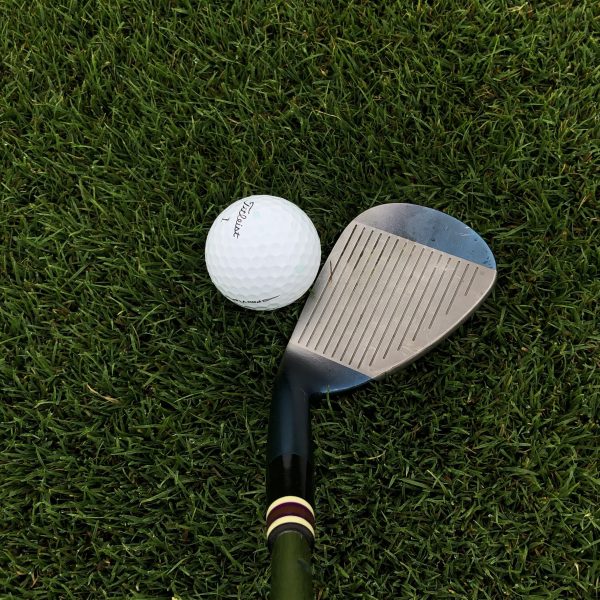
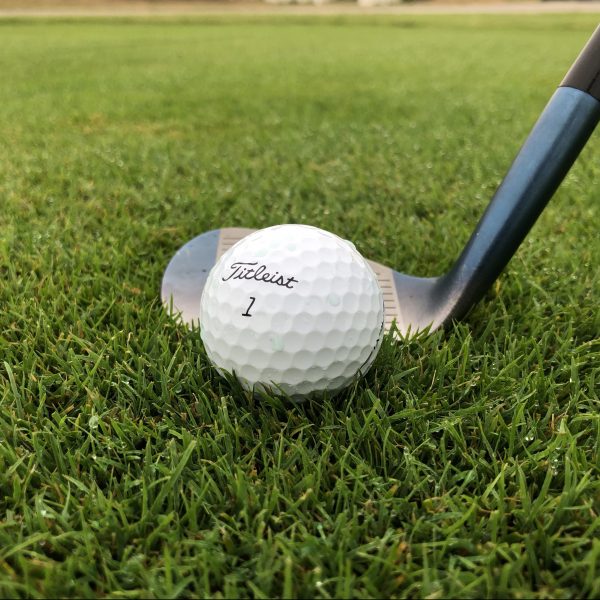


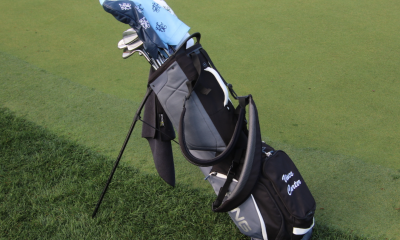

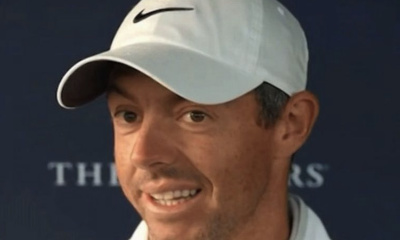









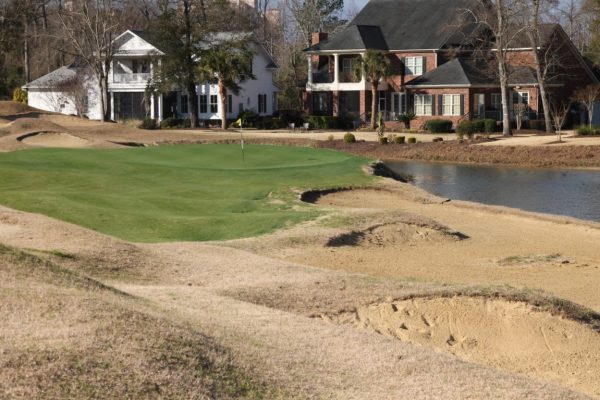
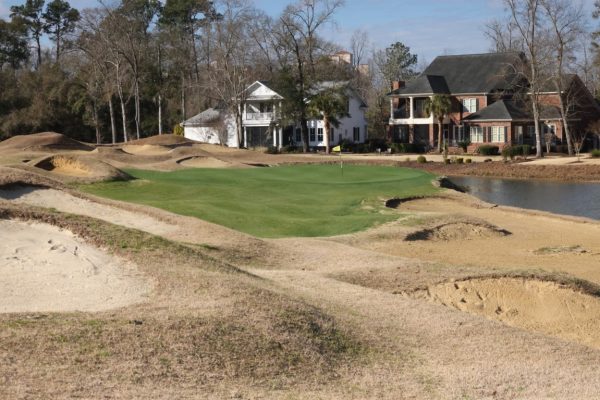
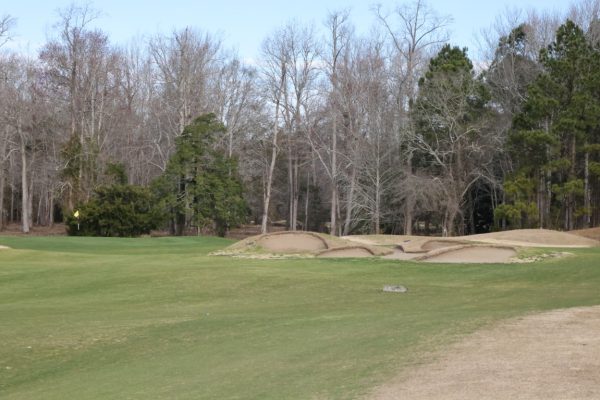
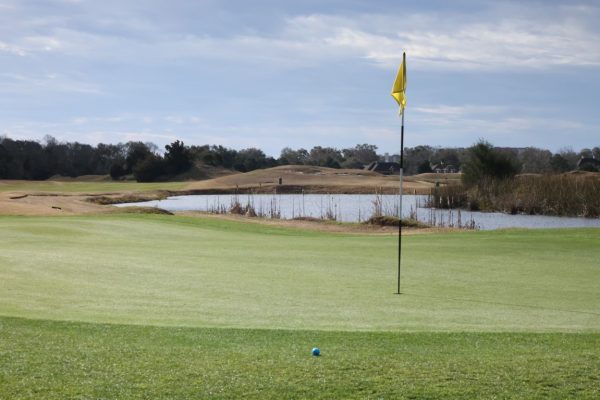
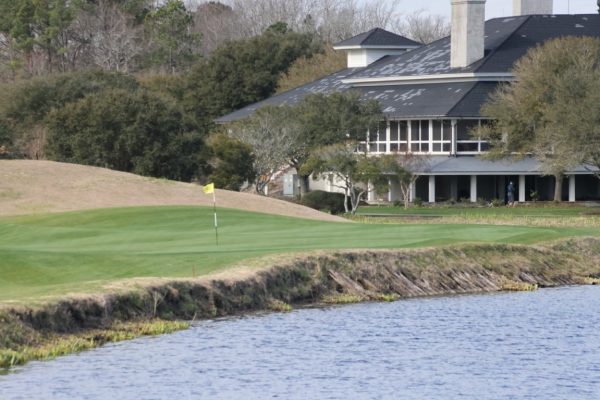
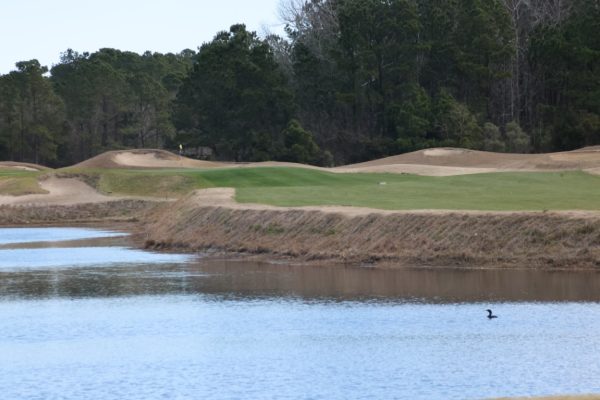
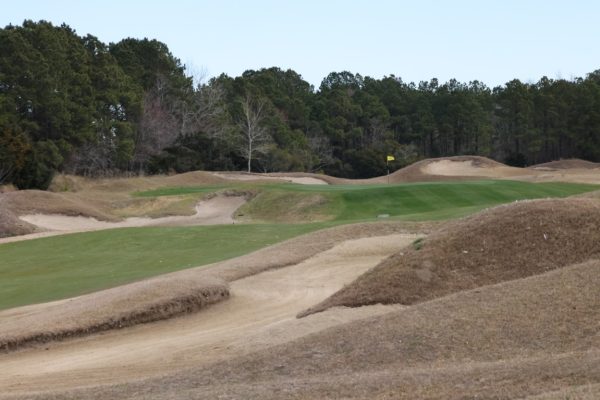
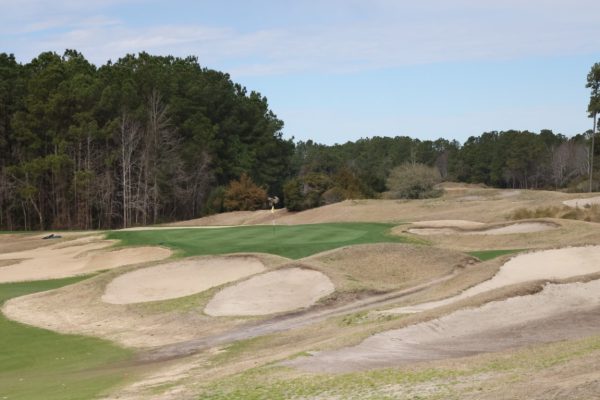
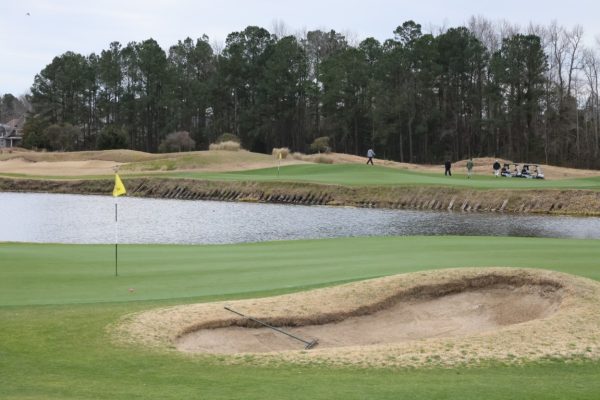

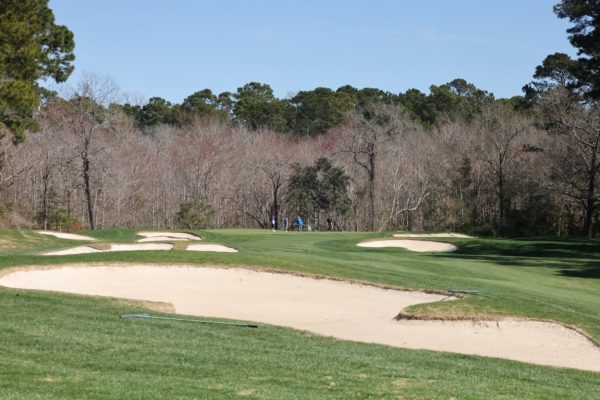
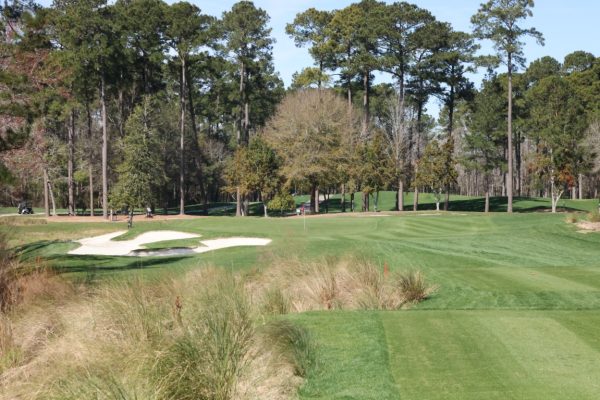
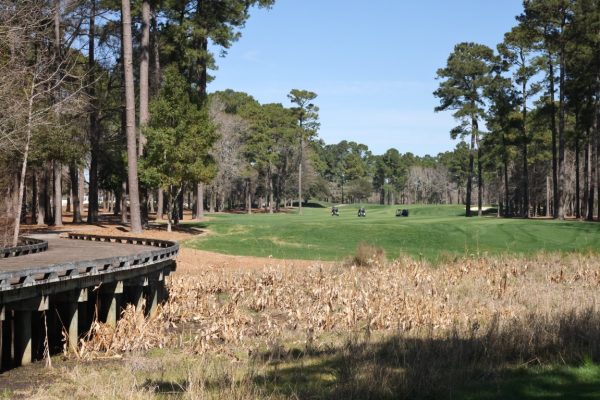
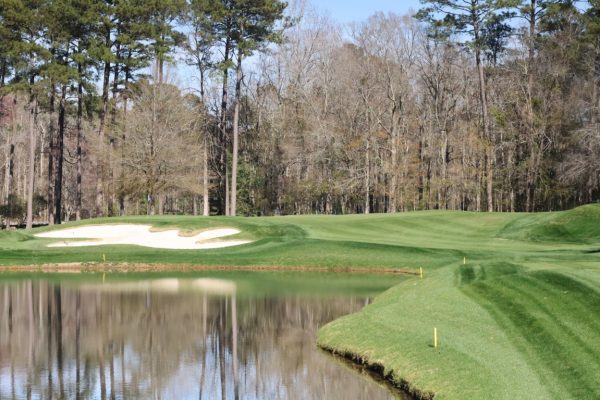
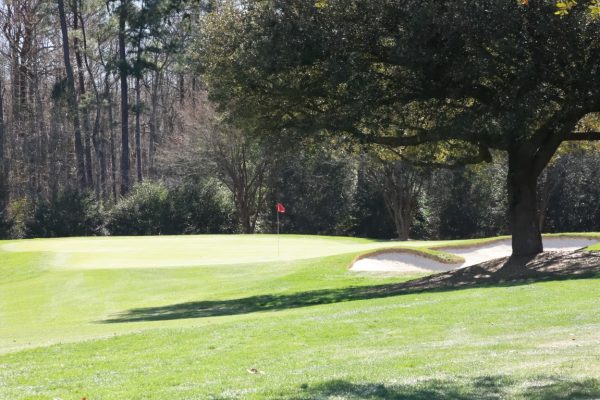
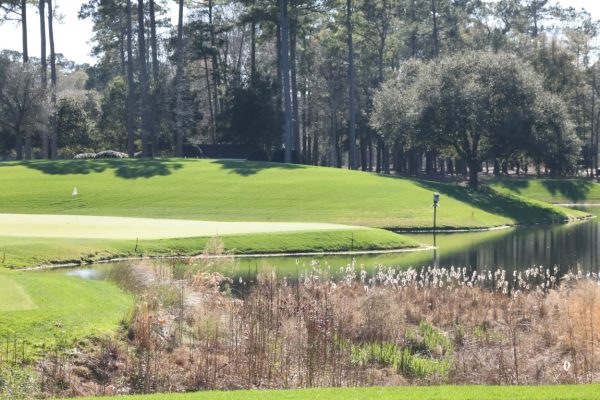
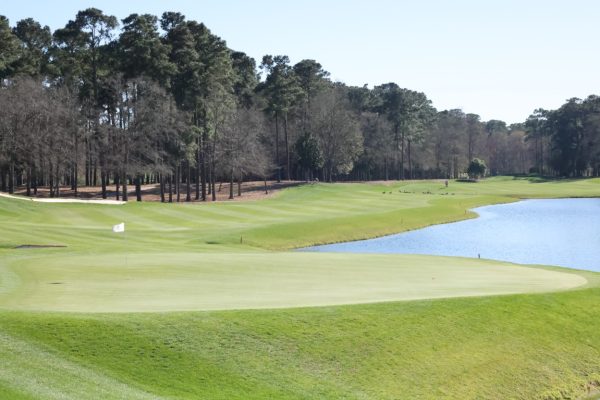
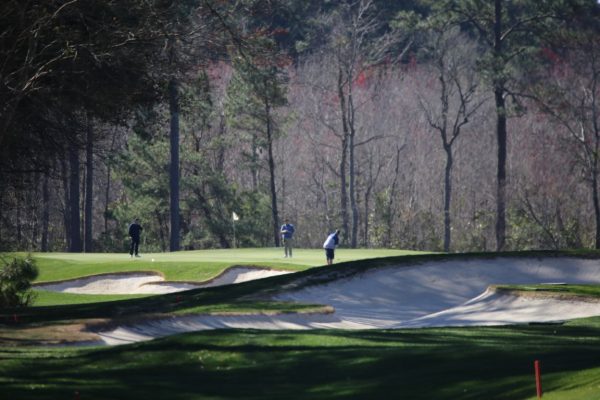
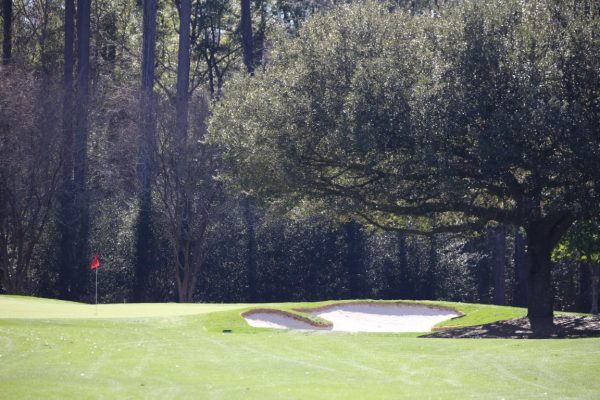
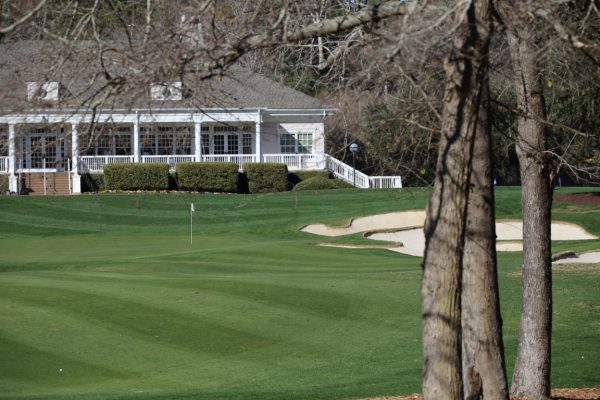
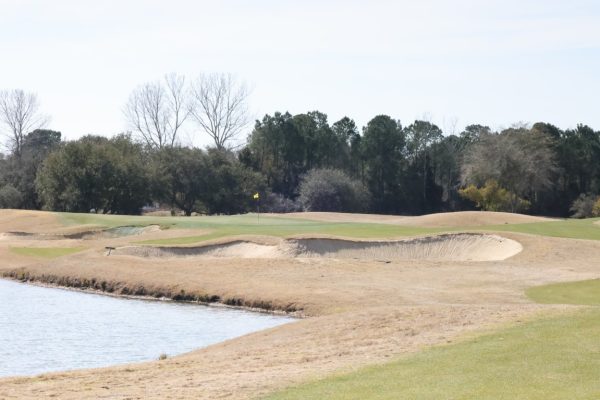
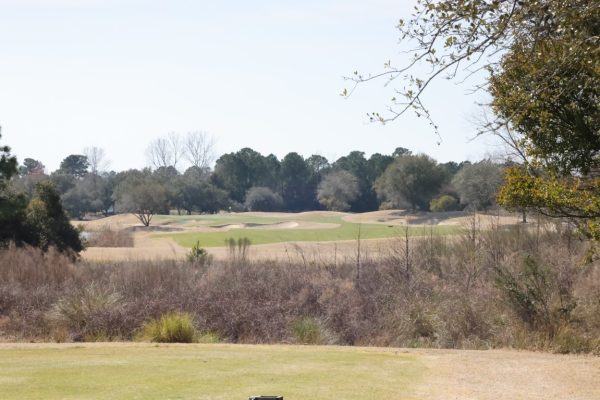
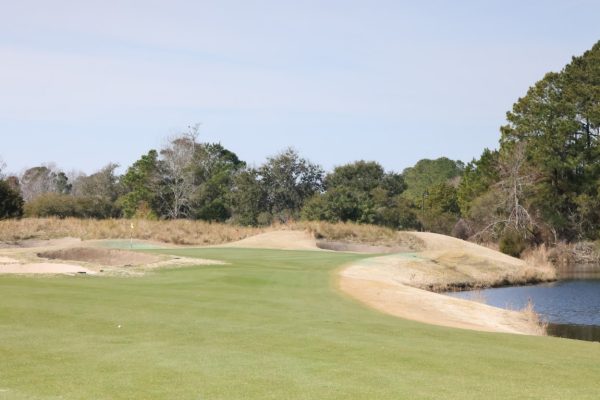
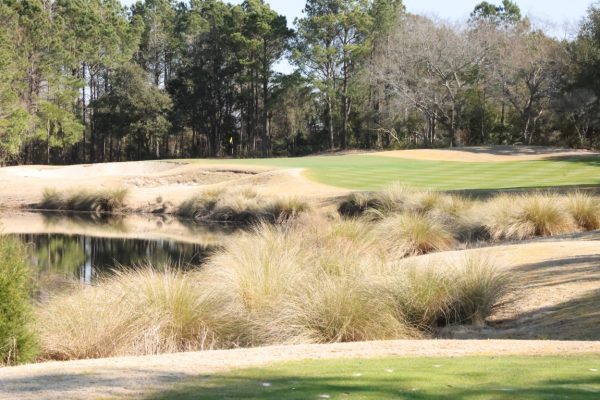
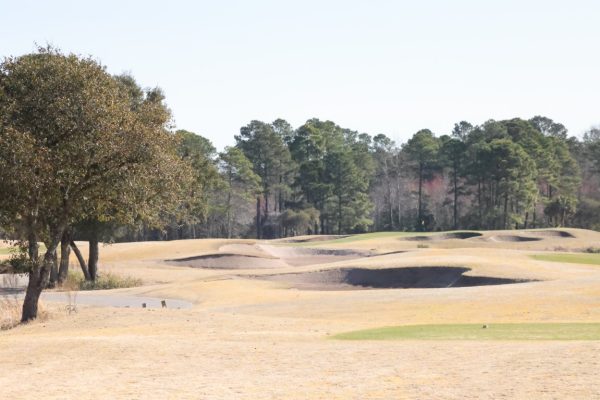

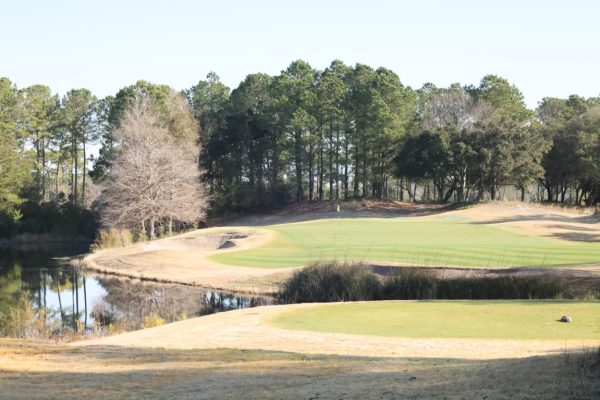
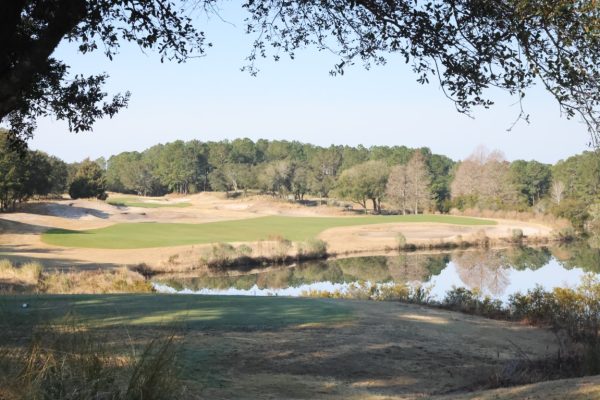
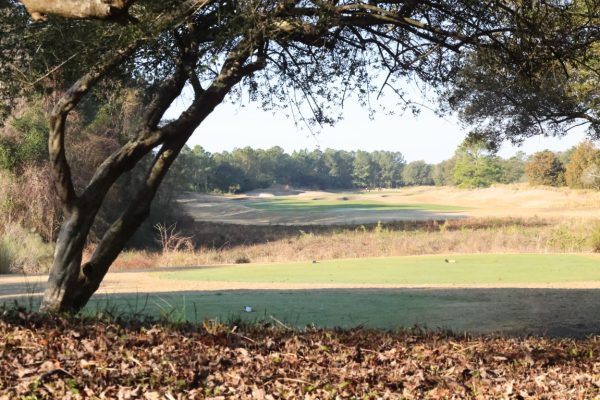
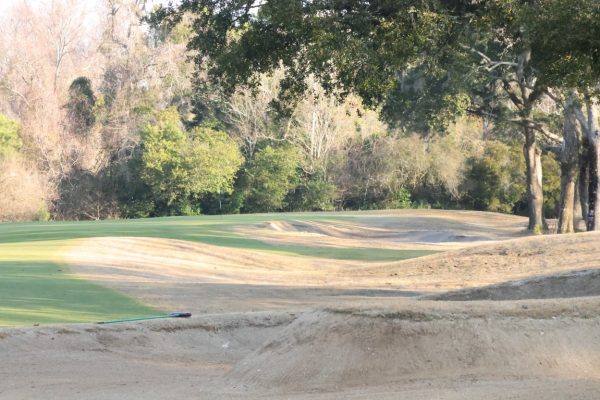
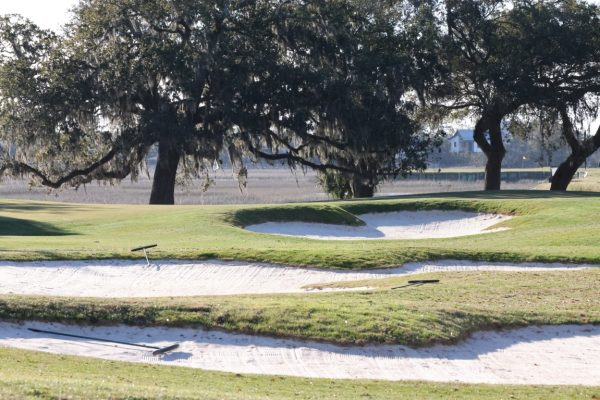
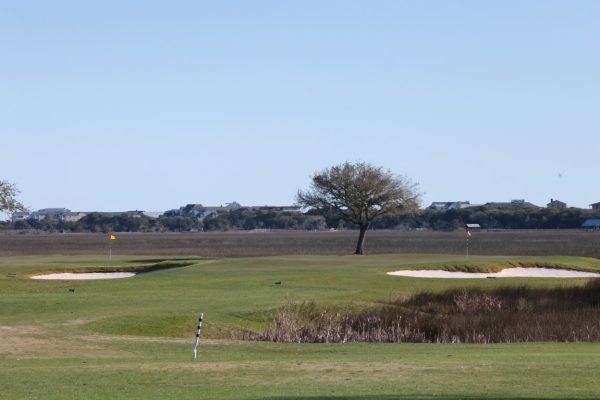
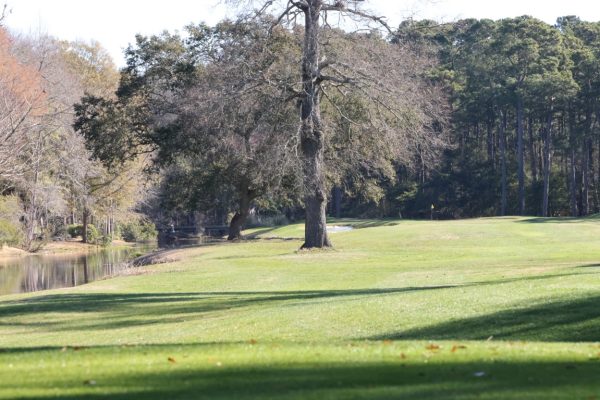
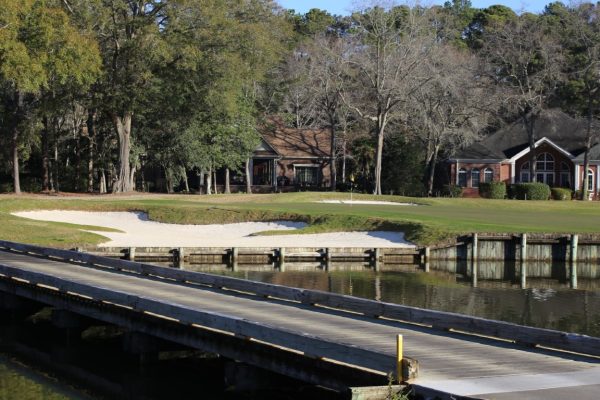
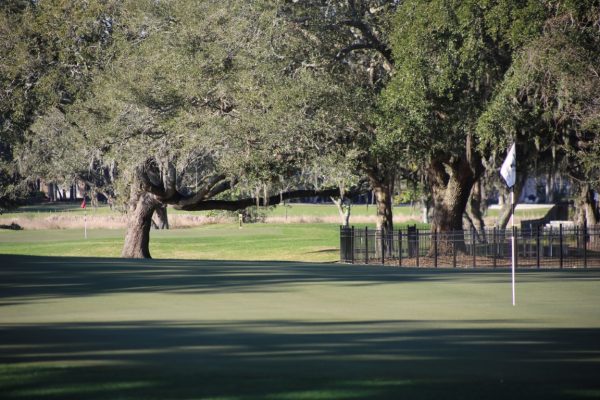
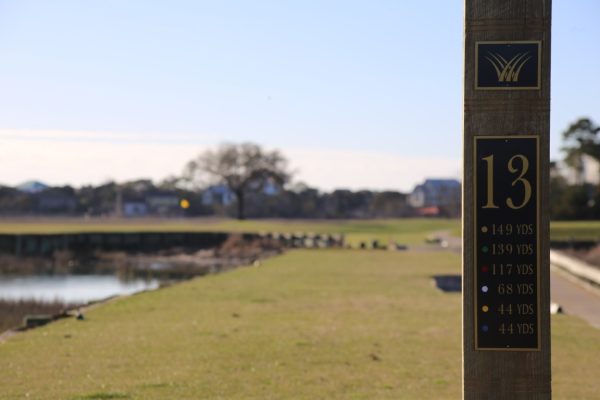
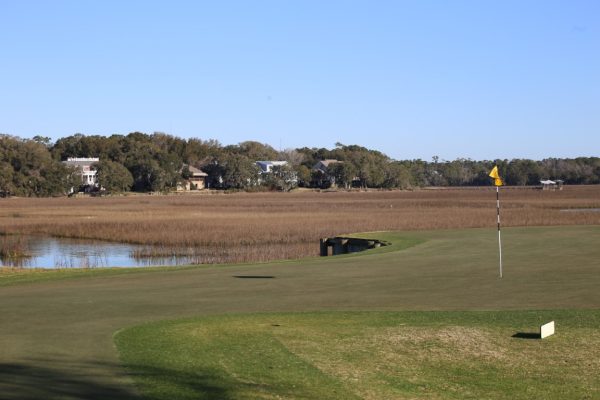
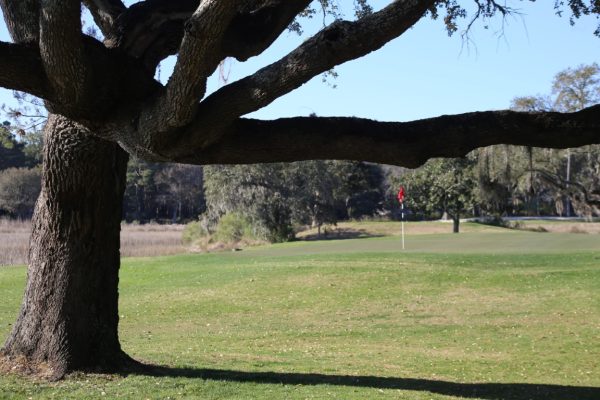
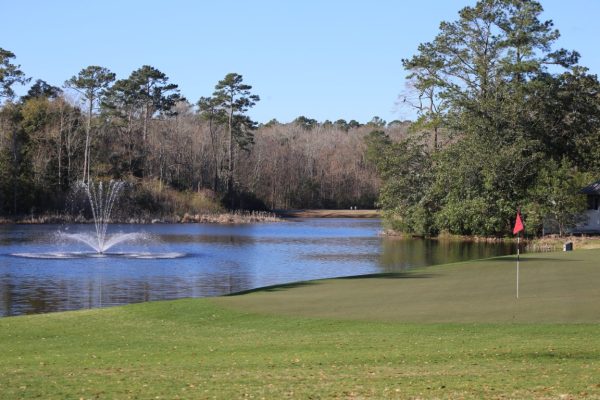
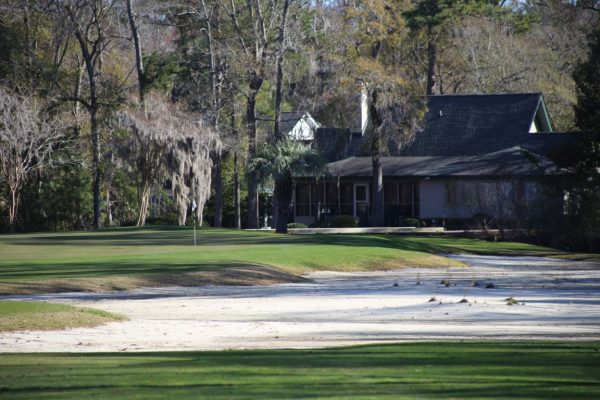






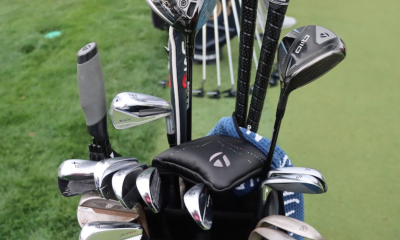

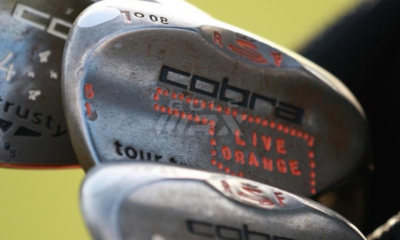

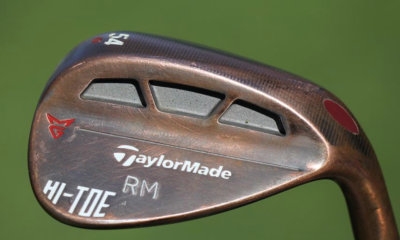

Pingback: The Different Types Of Golf Clubs: The Sand Wedge – The Annika Academy
Pingback: Unveiling the Secrets of Golf Wedges: Understanding the Different Degrees – PrestwickCountryClub.net
Pingback: What Degree Is An Approach Wedge? - Longleaf Golf
Pingback: When To Use Irons And Wedges On The Golf Course – The Annika Academy
Pingback: Purchasing Your First Set Of Golf Irons – FAQs
Pingback: From Sunday bags to club fitting: My favorite pieces of 2020 – GolfWRX
steve jenney
Oct 17, 2020 at 9:54 am
When I teach and I find a lot wedge in a 20 handicappers bag I say “there are only two people I know that can use this club” GOD and Tiger Woods! Michelson is so over rated its disgusting! Put in another hybrid or another wedge. 46, 49 52 and 56 at most.
Samsam
Jul 12, 2021 at 11:30 pm
It is scary you actually teach someone.
Dennis Beach
Aug 8, 2020 at 10:05 am
I usually use my 60* to make full swing shots. Trying to finesse a lob with a half swing is better left to the pros. Greenside bunkers where the green is higher than the sand is my go to 60* shot, especially if the green is eye level when you are in the bunker, as it requires a full swing to get up and on most of the time. My 56* is my all around chip/pitch club within 50 yards of the green. If the ground is level, I will use a pitching(46*)wedge to bump and run. I carry a 52*, but use mostly on full shots inside 100 yards of the green.
christian
Aug 1, 2020 at 1:33 pm
Hitting a lob wedge doesn’t need to be some big mysterious event. It’s the same as the rest of the irons in you bag. Keep your hands ahead of the ball at impact and you can hit a lob wedge just as effectively as a 4 iron. I don’t care if you’re hitting a one hop and stop pitch or a high soft lob, keep your shaft leaning forward and hands ahead of the ball at impact and you’ll hit 90% of them just fine. Everyone gets freaked out about 60 degree wedges for some reason and in the end, it’s just a club that needs a little practice to figure out…but then again, don’t all of your clubs need that.
ChipNRun
Jul 30, 2020 at 7:29 pm
Two things to decide on LWs:
* Can you hit a 60* reliably? If not, go with a 58*.
* Whether it’s a 60* or 58*, you need to pull firmly through the shot with the left side. If not, you’ll come up short a lot on your LW.
Once you resolve these two points, remember: a LW is not an all-occasions club. If you hit a lob into a green with a false front, don’t be surprised if the ball spins back to your feet. In this case, go to a chip and run if you’re going uphill slightly.
I saw this happen several times from the U.S. women in the 2014 Curtis Cup. The U.S. would lob into the false front and die, or spin back, while the British/Irish women would roll a chip-and-run in close for an easy tap-in. (Fortunately, the US women were dropping iron-shot darts into the green from the fairway, and eventually won out.)
Par-Tee-Animal
Jul 29, 2020 at 9:52 pm
Honestly, I think most of Ryan’s work is just product of boredom. This article is so lazily written that the only data he provides is a percentage of “sand saves” with no data on what kind of wedge was used during those attempted “saves”.
Also on a similarly and ironic note, he includes a meme about skulling a sand wedge 170 yards from a bunker. What degree is a sand wedge again? Oh that’s right it’s between 54-57 degrees, so he’s basically invalidated his argument in one meme.
How often are you going to open the face of a 60* lob wedge in a bunker or around the green? Hardly ever, want to know why? Because it has 60* of loft unlike the 56* everyone opens up and sweeps through the bunker with that has the added repercussion of higher bounce which leads to more skulled shots than a 60* with lower bounce.
Now are lob wedges for everyone? Certainly not, there are guys like Lee Trevino who only carried a wedge as high as 54* and had a successful career. But for someone who want a little more confidence to land a nice soft shot onto the green over a bunker or even a water hazard they’re a nice tool to have. Why work on building a whole new swing for one shot when you can buy a club that effectively has the same mechanics?
Ryan, I highly encourage you to rethink your Op-Ed articles as they’re basically non-educated opinions by someone who speed out articles that read like Buzzfeed headlines.
I saw your latest post about club makers and gourmet chefs being similar, maybe it’s time for you to hang up the carry bag and take up cooking. At least that way everything is already measured out for you so you don’t have to try to use any critical thinking which you seem to lack.
PATRICK CARROLL
Jul 29, 2020 at 3:23 pm
When i was a 25 handicap (maybe more that’s just a guess), I used a lob wedge often and ineffectively. Probably rarely at the right time. It probably didn’t help my score like using a 9 iron to bump and run would have. But it was fun.
I’m officially a 12 handicap now. The big difference is I know the shots I CAN hit and know the shots I SHOULD hit. That combination means i spend most of my time using my 54* with great success. But, when I need to play a high, short, soft shot, I can do it with moderate success. Certainly much better than I could with an open faced 54 or lower.
In short. Know the FEW shots and scenarios you NEED a LW and be diligent in using the club ONLY for those shots.
Evan
Jul 27, 2020 at 12:08 pm
Why, when facing a short shot that needs to fly high and land softly, wouldn’t a LW be helpful, regardless of handicap- in fact probably more helpful to a less skilled player?
JackCi
Jul 27, 2020 at 8:15 am
This is a dumb article. I use my 60* a lot and also any other club down to a 7 even around the green. The 60* is nothing short of s godsend around the green and one of the easiest clubs to hit. Whoever wrote this is a hack and should retire.
BWeez
Jul 25, 2020 at 2:34 pm
A 60 degree wedge is useless and isn’t worthy of the slot in the bag, you’d be better off with a driving iron. My 56 degree is the most effective club in my bag and I use it in a million different situations. It is also the club I practice with the most. Anyone who puts anything above a 48 degree in their hand and hasn’t got serious reps with it is hoping to get lucky.
Justin
Jul 21, 2020 at 3:58 pm
I think this article has some credence. I have a 60 degree wedge and used many different kinds of grinds and bounces in the past. It is in the grinds and bounces that I think can benefit each player the most. Once the player understands what is best utilized for them can the wedge be beneficial. I have though found lately I have gravitated to more my 56 and 52 on standard wedge shots and pitches and only using my 60 in specialty situations. It is quite a low bounce so it comes in handy on tight lies and firm bunkers. It has a decent amount of heal and toe relief. I am a low single digit handicap. Not sure if thats any relevance to the situation but I always used to just use a 60* form anywhere. Have found since I expanded the 56 and 52 it has allowed me greater control over being able to keep the flight down and get the ball running on the green faster.
Bas
Jul 20, 2020 at 5:13 am
I’m a 38 handicap and have a 60 degree Cleveland CBX in the bag. It is incredibly easy to hit, more so than my SW and AW (Callaway Rogue). I just put the ball in the middle of my stance, weight 50/50 and swing through the ball nice and easy. Nothing fancy. Love it from the sand as well.
Although at my level I have never even thought about ‘opening up’ a 60 degree wedge. Why on earth would you do that? Isn’t the point of a 60 degree that you don’t have to open up your 54 degree? i would think that 60 would be enough.
nomad golfer
Jul 20, 2020 at 12:01 am
I use a Lovett chipper wedge for getting out of sand traps otherwise it just stays in the bag. My reliable short range club is a sand wedge which I don’t use in sand !.
Yeah it’s a funny game.
Jonas Henderson
Jul 19, 2020 at 9:05 pm
Exactly what audience are you addressing here? A lob wedge is an entirely legitimate tool for many serious golfers. I bet among single digit hcp players, most would say it’s indispensable. Among mid-cappers, I bet a good proportion wield it with decent competence, especially, if they use it for standard chips and pitches, and not hero shots.
I’d wager the 3w has destroyed more rounds than LWs ever have.
gwelfgulfer
Jul 29, 2020 at 11:46 am
I’d easily take that bet. The LW has far more potential use in a round than a 3wd does for the vast majority. More so if they aren’t hitting a good % of GIR’s and blindly grab the 60* for each and every situation.
Simms
Jul 19, 2020 at 10:26 am
If you play public golf I find it a lot easier to find a place to practice 58 degree lob and chip shots then any other shot…almost no one in the public course arena has a 100 yard grass to a real green practice area and for most of us 75% of driving ranges are mats (almost a waste of time for short iron and fairway wood practice). So I keep a 58 in my bag because I have practiced with it till it works.
Tom Duckworth
Jul 19, 2020 at 10:15 am
I think Phil made the idea of a lob wedge popular for many golfers and that has probably hurt their games. In many weekend golfers minds their idea of the short game is to hit a high shot that lands close to the hole and stops, no matter what the shot really calls for. I guess a low running chip isn’t as sexy as a high lob but I’ll take closer to the hole any day.
Matt70
Jul 18, 2020 at 1:35 pm
I only carry 46° and then 54°. Keep it simple. +0.2 hcap
Duane Martin
Jul 18, 2020 at 1:08 pm
I still carry my Ping Eye 2+ SW instead of lob wedge…..57.5 degrees, double bevel sole, 64.5 degrees of lie angle.
Best “SW” ever made imo…. easy to flop, easy to hit 80 yards and easy to hit all green side bunker shots with.
But like everyone else has said….. practice goes a long way towards perfection.
Rascal
Jul 18, 2020 at 12:04 pm
I agree, don’t see the need to take up the bag spot when I can use the 3i instead.
Mac
Jul 18, 2020 at 3:43 am
Technique is king!
gwelfgulfer
Jul 19, 2020 at 2:34 pm
Pretty well this. Golf is hard, even harder to play very well and the vast majority of players in the world have had little to no actual quality instruction, little to no practice (or practice poorly because of lack of knowledge) or actual drive/ability to get better.
Dicklaus
Jul 17, 2020 at 7:06 pm
I’ve been a Cat 1 golfer for the best part of 50 years. The whole basis of the short game is to get the ball on the ground as soon as possible – unless you’re forced otherwise.
I tried a LW once and realised it was an unreliable club – unless I was prepared to put in a lot of practice.
It was also evident that a better strike, and the same result as a LW, was possible by opening up my 54 SI.
In other words, the shot I’d learnt as a kid & used for decades.
Different strokes for different folks!
Dan
Jul 17, 2020 at 6:13 pm
I was a scratch when 95% of players didn’t carry a lob wedge, myself included. You practice enough you can hit anything.
Richard Pym
Jul 17, 2020 at 4:39 pm
For me it’s all about course management a good player knows most of the time what type of shot to hit around the green. I think that the slightly higher handicappers sometimes try to hit the miracle Mickelson esq flops shots they have seen from TV rather than taking the easier shot for say bogey and walking away with 1 or 2 points rather than a blob.
Bob Jones
Jul 17, 2020 at 3:50 pm
My 60-degree wedge is calibrated to certain distances for pitching and for chipping. I have practiced with it around the green and am familiar with what I can do with it and what I can’t. It’s a big stroke-saving club for me.
KP
Jul 17, 2020 at 2:47 pm
I never thought I would see an endorsement for gimmicks like the Square Strike wedge on GolfWrx, a website that is supposedly geared towards serious golfers. I’m stunned.
Acemandrake
Jul 17, 2020 at 1:13 pm
56 is easier to use than 58 or 60. It’s also more versatile.
For me, there’s just less thought involved with the 56.
David
Jul 17, 2020 at 12:46 pm
I could probably hit 75% of my 60 degree shots with my 56, but still would play it more often in a round than I would a 3 wood. For my set I have put a 60 in the bag, lowered the loft on my 5 wood, and dumped the 3 wood to stay at 14 clubs. Newer 60s seem to have better weight distribution and easier to hit than my older versions did but that’s just my opinion. I think it comes down to understanding your capability when picking your target landing area, but its doesn’t seem any harder to hit to me. I understand I’m not Phil.
Sean Foster-Nolan
Jul 17, 2020 at 12:44 pm
I disagree. I have both a 58 and 62 degree. They are real stroke savers for me.
DougE
Jul 17, 2020 at 11:38 am
I too have to disagree, with respect.
I feel this article might be better published on a site where the majority of players are mid to higher handicappers. Not WRX. The article itself is not totally off base in the opinions presented, though it is quite condescending if you are lumping good players into the equation. You don’t get to be a single digit handicap without having good control of your wedges and a somewhat thorough understanding of the design and dynamics of wedges and swings, particularly short game swings.
Personally, I could not play to the level I do without a good quality lob wedge. I use anything from a hybrid to a 58* around the greens, but 90% of the time, it is my 58. It is the most trusted short game club in my bag. Sure, I screw up with it, occasionally, just like everyone else does from time to time, but I’ll take the 90-95%, good to excellent shot, success rate I do have with it any day, over not having a LW in my bag at all. Yes, I admit, I practice and play a lot (virtually everyday), so I am very aware of how to handle it properly. But, I would also guess, that the majority of WRX readership would fall into my same category (4.8), or better. Most here are serious players of the game, not just casual golfers.
A simple qualification in the beginning of the article suggesting that it is aimed more at mid to higher handicap level golfers, and then the article has plenty of merit. JMO.
John B
Jul 17, 2020 at 11:05 am
Am 84 now – 30 years with my Ping 60 degree lob. Swing plane & speed very important. Don’t give up, just practice, practice!
Brandon
Jul 17, 2020 at 10:34 am
I think the negative feedback misses the real point Ryan is trying to make. Perhaps Ryan should change the title to “A lob wedge CAN be the most dangerous club.” It seems like the real point of it is that the club can be dangerous when trying to replicate the shots tour pros make look easy. I like using my lob wedge as much as any of you, but I wouldn’t dream of trying anything more complicated than a simple pitch shot.
Big_Church
Jul 17, 2020 at 10:30 am
I’m a 12 index and use a 60 all the time around the green, gets me out of trouble(which happens a lot) quite often. Disagree here.
Obee
Jul 17, 2020 at 10:19 am
Define your audience first. The overwhelming majority of players below a 10-handicap can wield a LW just fine, and for many players 5 and under, it’s their go-to wedge around the green.
Brian Parsons
Jul 17, 2020 at 9:54 am
I completely disagree with this. I’m a 7 index and I would be lost without my 60. Gets me out of trouble around the greens all the time. I use it almost exclusively on shorter sand shots its my go to club for a full 80-90 yard shot from the fairway. Love my 60.
Brandon
Jul 17, 2020 at 11:40 am
I agree with you completely. Sometimes I’ll chunk or blade my 60, but I do it with my 56 or my 52 as well. Definitely not going to buy an infomercial wedge just because I suck. I’d rather be a 7 with real clubs and be able to look at myself in the mirror than a 5 with clown clubs.
SV677
Jul 17, 2020 at 9:47 am
I agree, lob wedges are a disaster waiting to happen. I pretty much only use one for full shots. Even then I avoid it as much as possible. I also do not open the clubface because the ball goes 45* left (lefty) every time. I think a max of 56* is enough unless one is very skilled. Find the safe spot on the green and hope for a long putt and avoid disaster.
Alexander Thompson
Jul 17, 2020 at 9:39 am
I disagree with this idea. I think more golfers should utilize a lob wedge. It’s not necessarily about technique of hitting the ball. It’s about knowing how to set up to the shot correctly. Feet position, hand position, and ball position are the keys to hitting a lob wedge. These don’t require much practice since they are set up related. Promoting gimmicky clubs to make the game easier is a set up for failure when the solution is rather simple and allows people to have a better understanding of what the club should be doing at impact with the ball.
Skip
Jul 17, 2020 at 9:32 am
Dumb article to assume nobody is good enough to use a lob wedge.
brian
Jul 17, 2020 at 9:27 am
I stopped playing with anything higher lofted than a 56 degree. I can open the face and hit flops every bit as easily with a 56 and it has more utility, for me, than a 60.